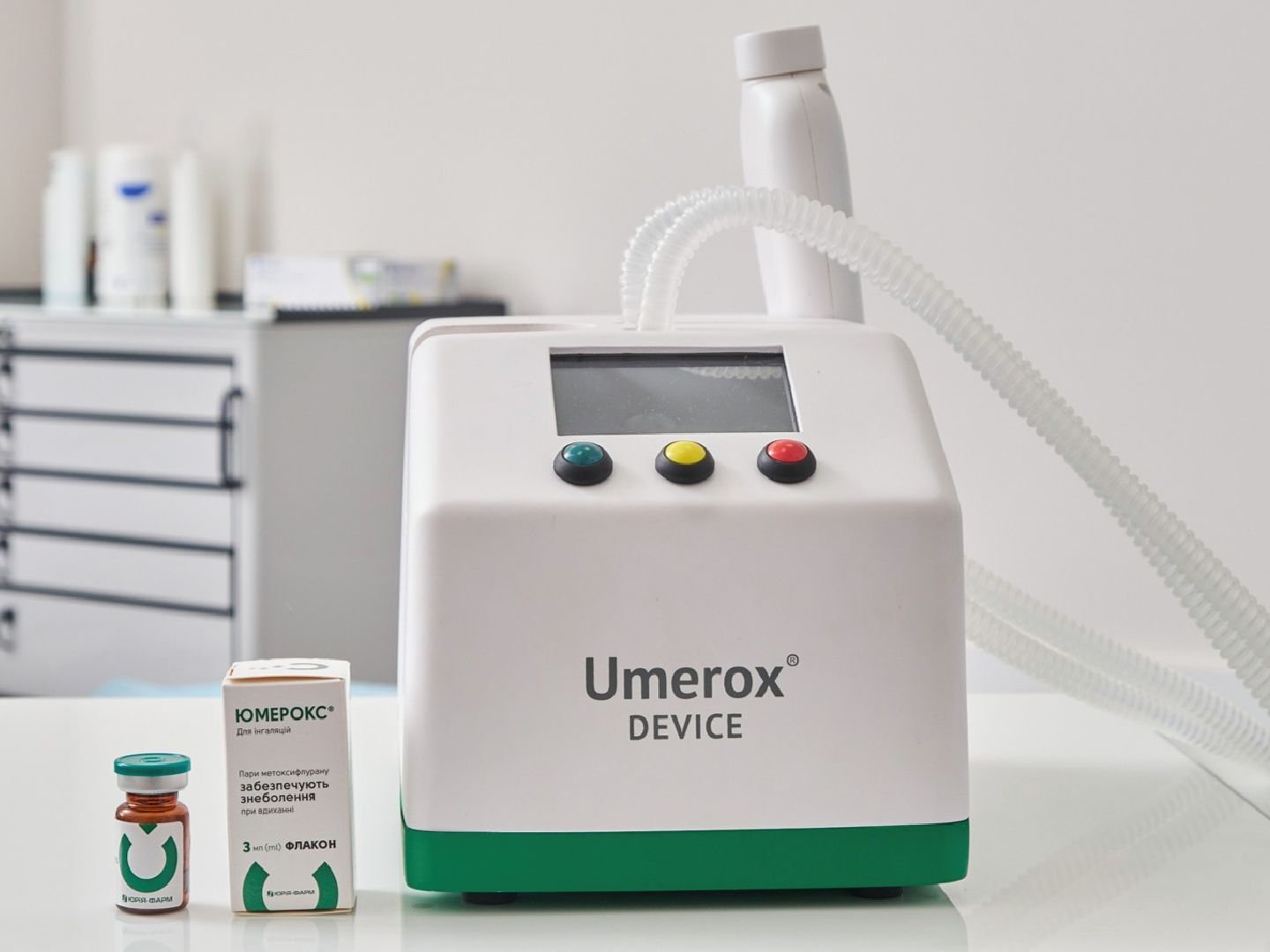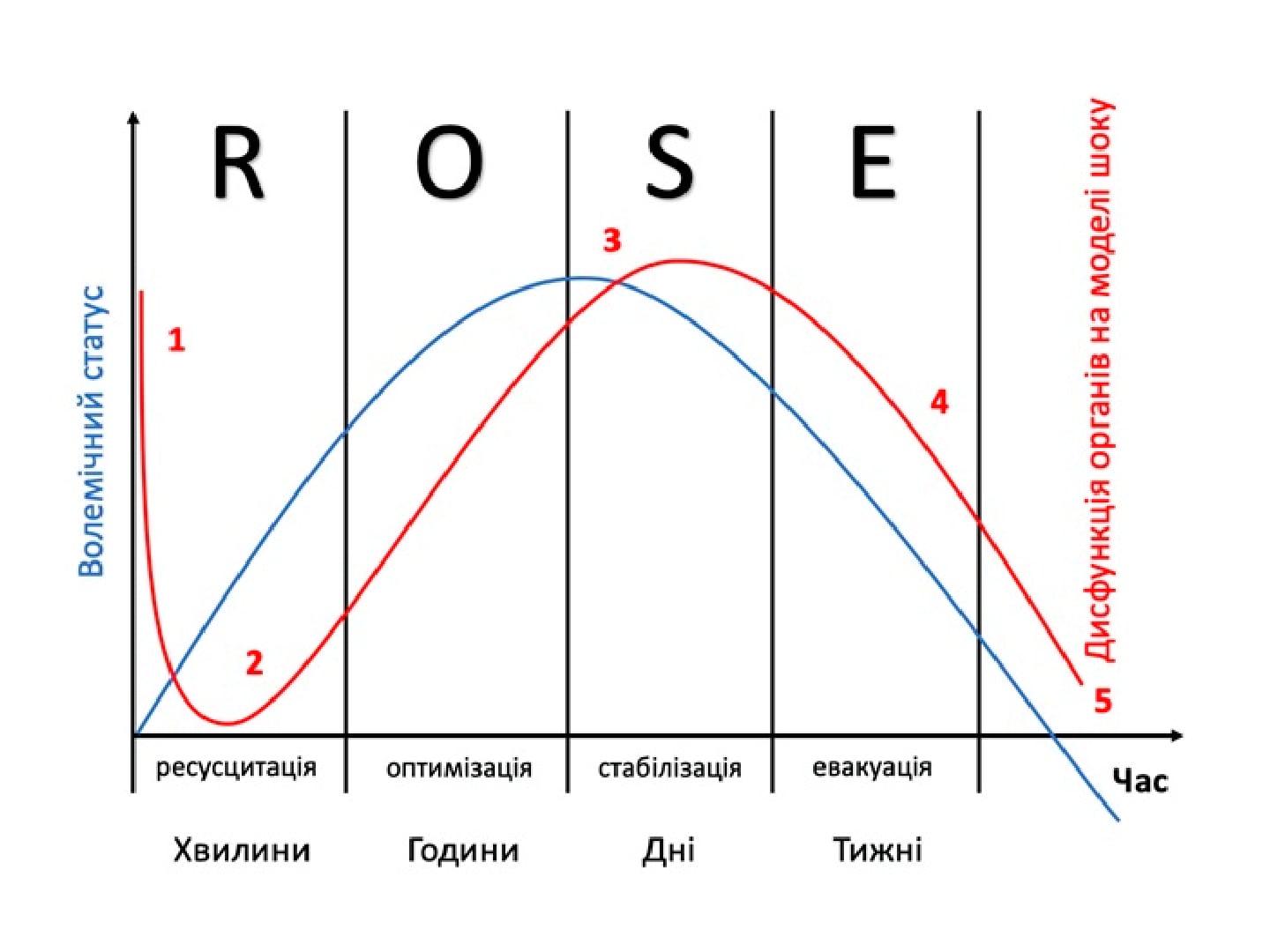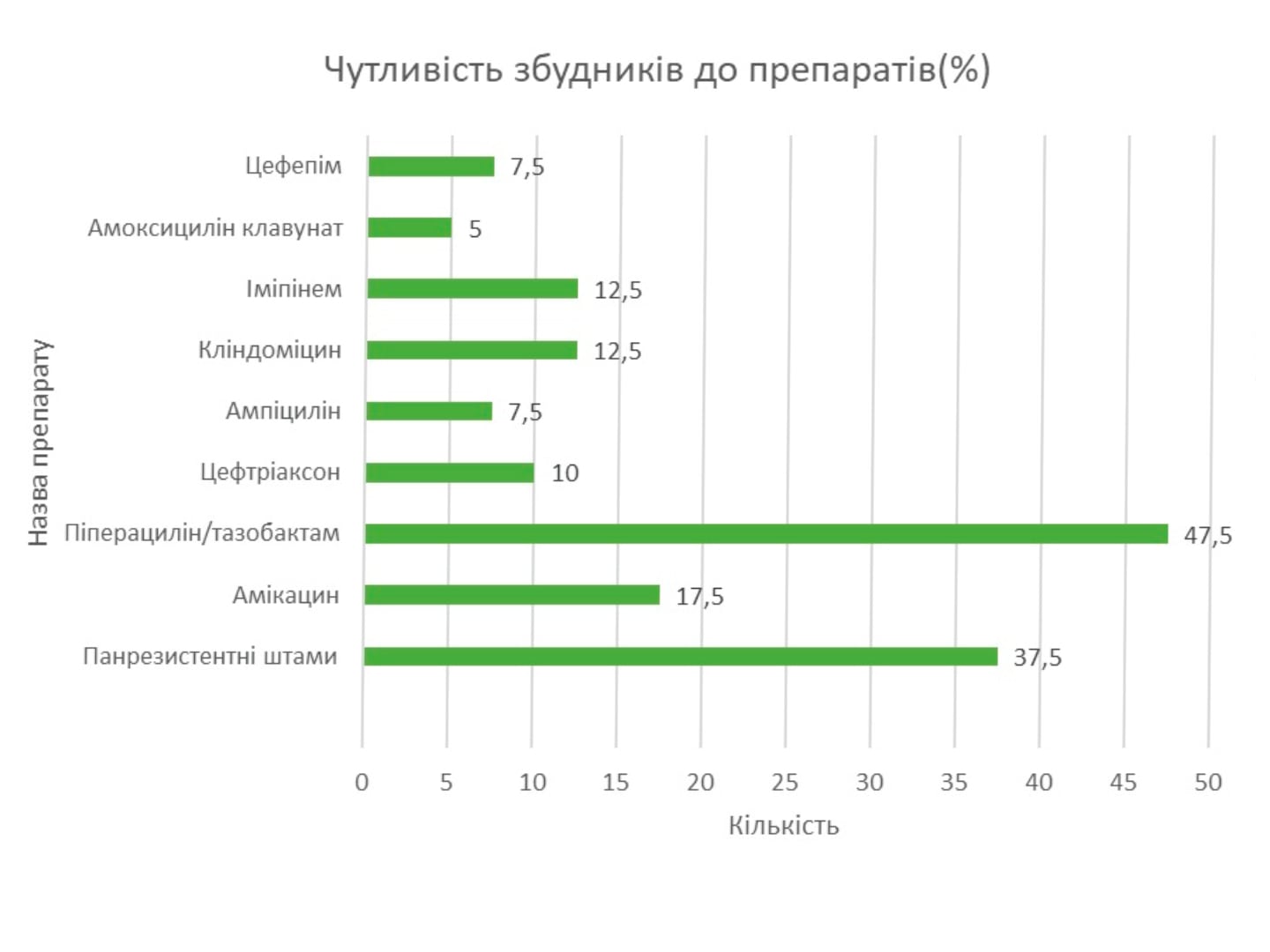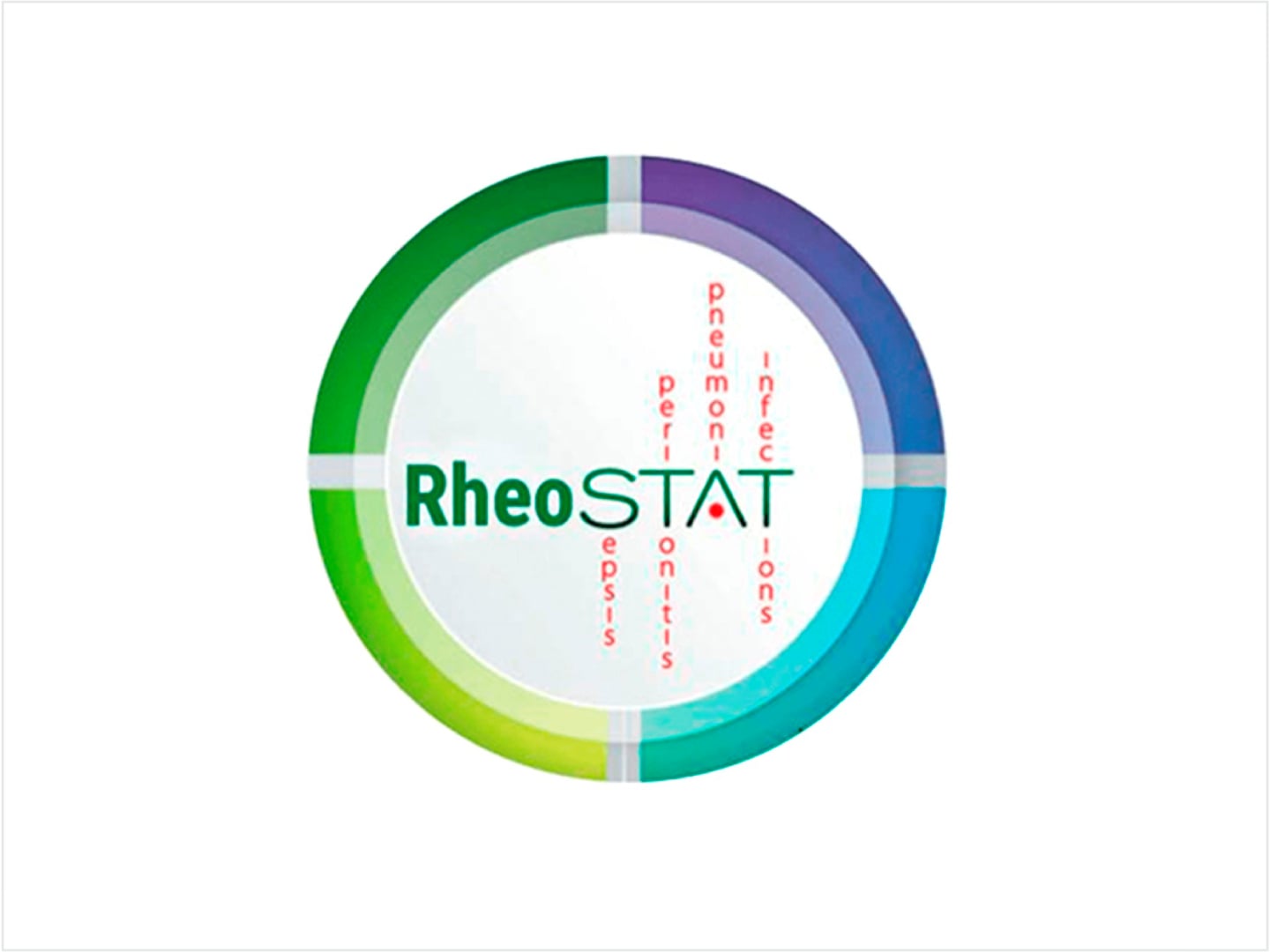Use of the inhaled analgesic Umerox (methoxyflurane) in minimally invasive urological procedures

Minimally invasive urological interventions – such as ureteral stent removal or replacement, cystoscopy, and prostate biopsy – are often associated with pain, which affects patient comfort and procedural quality.
Effective analgesia plays a crucial role in reducing anxiety, ensuring patient cooperation, and preventing complications.
Traditional methods, including local anesthesia and nonsteroidal anti-inflammatory drugs (NSAIDs), have limited effectiveness. A promising approach is the use of the inhaled analgesic methoxyflurane (Umerox), which provides rapid, controllable, effective, and safe pain relief during minimally invasive urological procedures.
Keywords: ureteral stent removal, cystoscopy, prostate biopsy, analgesia, inhaled analgesic, methoxyflurane, Umerox.
Authors: PhD in Medicine A.M. Kravchenko, A.V. Belinskyi, V.M. Parkhomenko, M.M. Humeniuk, A.Yu. Lysenko, S.K. Livakovskyi, A.M. Haluhan.
Conclusions:
The use of Umerox (methoxyflurane) in urological patients during minimally invasive interventions is effective and safe. An additional advantage of the inhalation analgesia method is the presence of an anti-anxiety effect. Certain differences were found between men and women regarding the type of anesthesia, the initial and full dose of Umerox during procedures such as stent removal and cystoscopy. Inhalation analgesia with methoxyflurane has a number of advantages over other analgesics: there is no need to involve an anesthesiologist, there is no need for IV access or airway manipulation, the patient remains conscious and can independently regulate the level of anesthesia (under the supervision of medical personnel).
In urological practice, when performing minimally invasive diagnostic and therapeutic manipulations, this will allow achieving comfort, reducing the level of anxiety and improving cooperation with the patient during the procedure, as well as reducing the risk of complications that may be caused by insufficient anesthesia.
Literature:
- Kim JK, Choi C, Kim US, Kwon H, Lee SH, Lee YG, Han JH. Recent Trends in Transurethral Surgeries and Urological Outpatient Procedures: a Nationwide Population-based Cohort Study. J Korean Med Sci. 2020 Sep 28;35(38):e315. doi: 10.3346/jkms.2020.35.e315. PMID: 32989928; PMCID: PMC7521963.
- Patel HV, Breyer BN, Jones C, Mbassa R, Meeks W III, Helsel A, et al. Contemporary Trends of Benign Prostatic Hyperplasia Procedures in the AUA Quality Registry: Are We Moving the Needle Toward More Minimally Invasive Treatments? Urology Practice [Internet]. 2025 Jan 1 [cited 2025 Sep 24];12(1):124–9. Available from: org/10.1097/UPJ.0000000000000691
- Loh-Doyle JC, Low RK, Monga M, Nguyen MM. Patient experiences and preferences with ureteral stent removal. J Endourol. 2015 Jan;29(1):35-40. doi: 10.1089/end.2014.0402. PMID: 25019375; PMCID: PMC4287107 ncbi.nlm.nih.gov/articles/PMC4287107/
- Raskolnikov D, Brown B, Holt SK, Ball AL, Lotan Y, Strope S, et al. Reduction of Pain during Flexible Cystoscopy: A Systematic Review and Meta-Analysis. Journal of Urology [Internet]. 2019 Dec 1 [cited 2025 Sep 23];202(6):1136–42. Available from: https://doi.org/10.1097/JU.0000000000000399
- Contemp Oncol (Pozn) 2020; 24 (4): 80–87 DOI: doi.org/10.5114/wo.2021.106652
- Kim HY, Choi YH, Lee SJ. Effect of Sedation Anesthesia With Intravenous Propofol on Transrectal Ultrasound-Guided Prostate Biopsy Outcomes. J Korean Med Sci. 2022 Apr 18;37(15):e115. doi: 10.3346/jkms.2022.37.e115. PMID: 35437964; PMCID: PMC9015899
- Chiu LP, Tung HH, Lin KC, Lai YW, Chiu YC, Chen SS, Chiu AW. Effectiveness of stress management in patients undergoing transrectal ultrasound-guided biopsy of the prostate. Patient Prefer Adherence. 2016 Feb 11;10:147-52. doi: 10.2147/PPA.S96991. PMID: 26929606; PMCID: PMC4755430.






